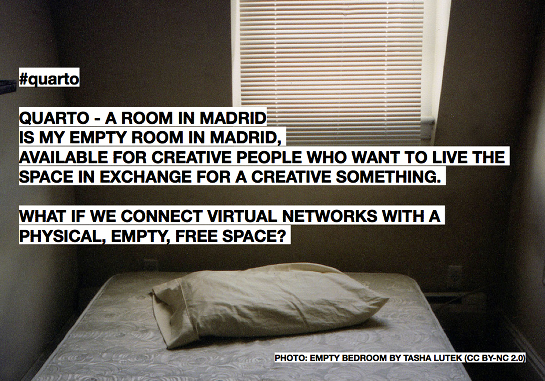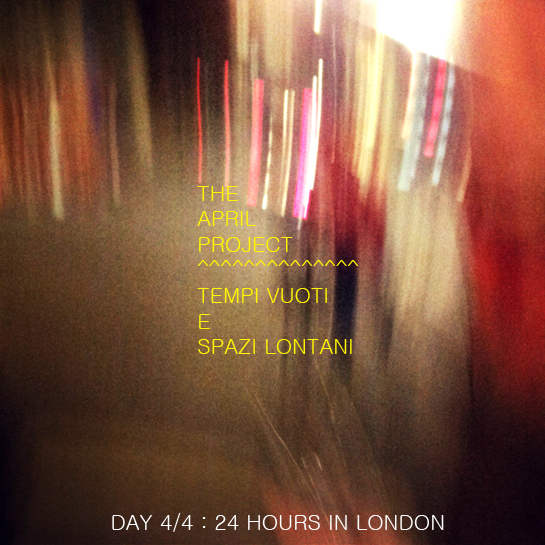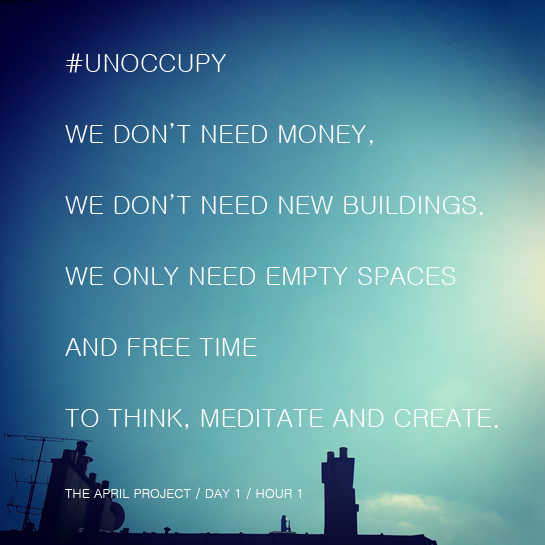Thanks to Ben for giving me the idea and the inspiration for this post.
As an architect, blogger and designer, I had the chance to participate in dreamhamar with Ecosistema Urbano 2 years ago.
Dreamhamar was a participation and network design process aimed to redesign the public space of Stortorget Square in Hamar, Norway. Citizens were invited to take part in a collective brainstorming process to define their new square. Below are the main tools we designed to enable the participation process.
URBAN DESIGN, a preliminary document to be used as food for thoughts by citizens, artists, students (something like the document posted by the MIMERS).
PHYSICAL LAB, a “pop up office” where workshops, lectures and exhibitions took place.
ONSITE WORKSHOPS, workshops and lectures led by local and international creative guests to create a large database of the citizen ideas.
URBAN ACTIONS, a way for citizens to experience directly the space and test real-time prototypes.
DIGITAL LAB, participatory web platform linked to social network channels, to follow the weekly broadcasts, online workshops (explained in this beautiful video made by Silvia Schiaulini) and use the mobile application, dreamhamar.app.
ACADEMIC NETWORK, Dreamhamar as the course case study for universities linked to this global participative brainstorming.
CULTURAL RUCKSACK, young students from local schools share their ideas for Stortorget.
So what did I learn in this codesign experience?
And what unMonastery could learn from dreamhamar?
Here are 5 points that I think are very important.
1 - DO NOT OVERDESIGN
As said by Koolhaas ( interview in Spanish ), traditional design is about defining things and excluding possibilities.
Instead, in crowdsourced design we need to let things happen. We need flexible frames to let people act, react, create and modify or remix those frames. Here is a quote by an “agile-designer” that I like a lot:
“It turns out that most design details do not need to be worked out up front and if we try to work them out up front we often end up locking ourselves in to a particular implementation that may make it difficult to change later.”
So just don’t make too much.
Don’t try to plan or define everything. Try instead to have a blurry image of what you would like to achieve.
This idea should look like a cloud : it has a form that is very easy to change and adapt.
If you are not sure about something or you don’t know how to define a detail, just don’t do it.
Take a walk, switch to a different task or ask a question via twitter. Try to stay light and open-minded about everything.

PHOTO ABOVE : Palais de Tokyo by Lacaton & Vassal
2 - FOOD MAKE PEOPLE PARTICIPATE
At the beginning, it was difficult to make people engaged about dreamhamar, until when we decided to make a collaborative breakfast/lunch (photo below) for citizens and students, and it was great!
People started to meet, discuss and share their ideas. After that, there was always some Spanish wine and ham in our workshops :) That’s why I started being very interested in Social Eating and I cofounded Farine Zero Zero (we are working on a big PASTA THERAPY for Matera wih valentina, here is her post! ).
Sharing food and cooking together is one of the most universal and intimate cultural experience.
It makes people closer and creative. It creates strong links and this is perfect for collaboration!

PHOTO ABOVE : CREAMHAMAR EVENT
3 - BE MINIMALIST
Too much data could kill creativity.
Every codesign process could turn into an abortive methodology without a strong management method.
When you deal with thousands of people from all over the world interacting, participating and sharing ideas, you’ll soon have an overwhelming to-do-list, which makes it very difficult to focus on the important tasks.
In dreamhamar we used this minimalistic solution to task overload ( Most Important Task - MIT).
It is ok to not do everything.
Just do some 3 simple and important things per day.
Strive to have a huge impact with few actions.
More about minimalism and codesign here.

4 - ASK FOR IDEAS INSTEAD OF SUBMITTING OPTIONS
If participation in the seventies was about seeking a consensus about a solution, collaborative design process and inclusive participation is about asking people create something together (codesign). It means, first all, to create a community (to design the network) that will be able to codesign a space (network design).
If it sounds too complex? It’s probably for my english ![]()
Here is a funny article explaining this point: How to make pizza, network design style :)
Let’s make an example. If you ask a community if red or blue is the best color for the wall, you will obtain a splitted group but, if you ask the community to work together and make a decision about the wall, they will start codesigning and they will probably acheive something unique. Obviously, you will need a coordinator for this process, but results can be surprising!
Maybe they will decide that they don’t need that wall, and you didn’t even think about it.

PHOTO ABOVE : festival village by Studio Tilt
5 - DESIGN EMPTY SPACES
Do you know #unoccupybiennale ?
We don’t need money, we don’t need new buildings. We only need empty spaces and free time to think, meditate and create.
Empty space is the sacred place for emergent phenomena and it is where community and ideas can grow.
If every room of the space is planned and full of furniture, space is not encouraging change and creativity.
Empty spaces must be designed.
Designing empty spaces means to decide that a room will be furniture-free or that you will be able to easily change its configuration. A good solution could be to put furniture somewhere else out of the room, so people will have to be creative about what they need and where they can put their chairs, tables, beds and other things (photo below).
At superbelleville coworking we decided to have an empty room (no desktop computers, no books, no shelving, no carpet, no books, etc…) and this is why we can use that room to cowork but also to make yoga, to give lectures and workshops, to watch a movie or to organise an open-drink.

PHOTO ABOVE : festival village by Studio Tilt
These are some of my thoughts. What do you think?
Please give me your comment et let’s keep connected via twitter:
Francesco - @immaginoteca




